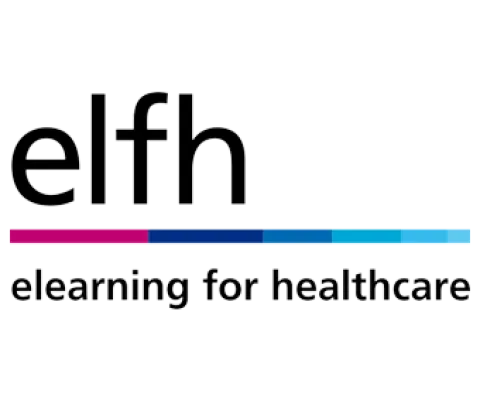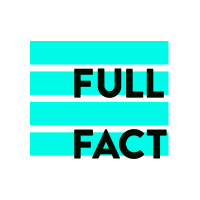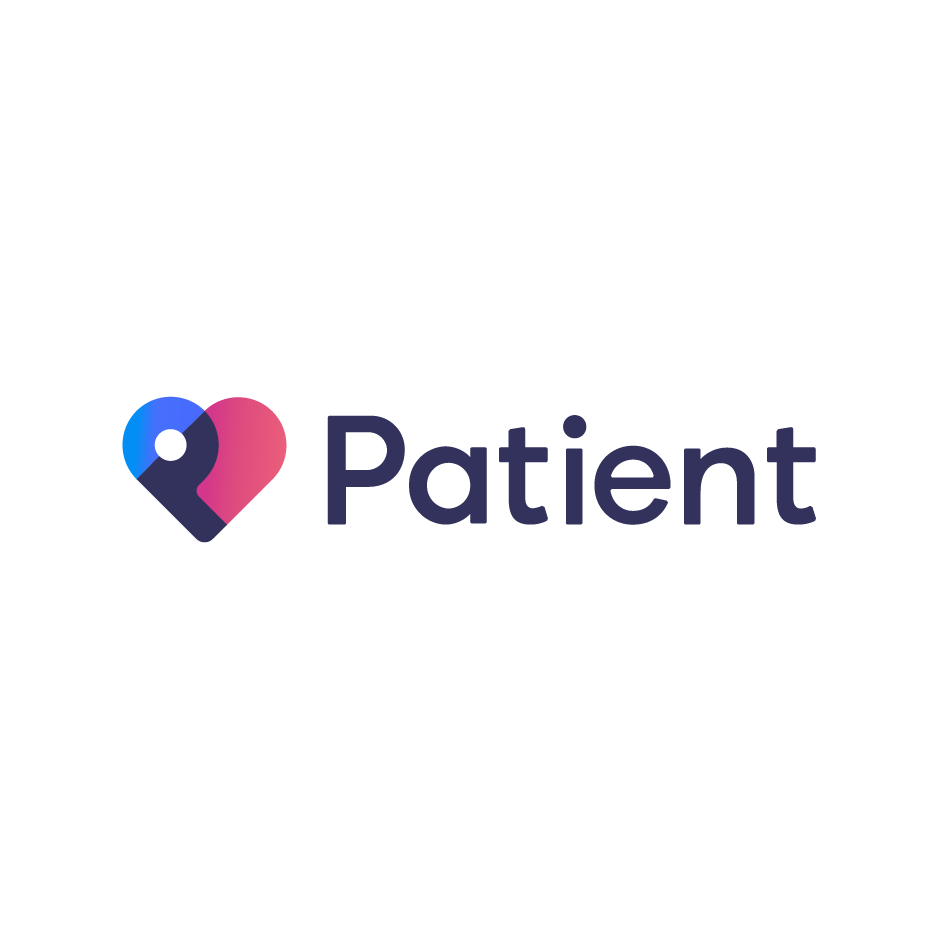

Health literacy is about people having enough knowledge, understanding, skills and confidence to make health based decisions; to use health information, to be active participants in their care, and to navigate health and social care systems. In the UK, research has demonstrated that health literacy levels are low, with 43% of adults struggling with text-based health information and 61% unable to understand health information that includes both text and numbers (Rowland; et al. 2015).
As a result, it is important for everyone working in health and social care to be aware of health literacy, the techniques that can help increase understanding, and support effective access to trustworthy and reliable information. This page has been created to help increase your understanding of health literacy and signpost you to various resources to help you help your patients.
Evaluating sources is essential for discerning credible information from falsehoods, allowing us to make informed decisions and avoid being misled. This critical skill protects us from misinformation and disinformation, supporting us to make more informed and responsible decisions.
What is the difference between 'Misinformation' and 'Disinformation'?
Misinformation is false and incorrect information that is spread by those unaware that it is misleading. This is as opposed to disinformation, which is incorrect information spread knowingly, with the intention of causing harm, misleading, influencing or deceiving those who receive it.
Check the tabs for tools that can help you to decide how to evaluate and use the information you have found or that has been shared with you.
Infographics
The International Federation of Library Associations have created an infographic highlighting eight simple steps you can use to assess the verifiability of a given news piece.
The SIFT Method
Mike Caulfield, a digital literacy expert, has developed this evaluation strategy to help you verify the accuracy of a claim online, and determine whether it is credible. The four key steps include:
| STOP |
Stop and take a moment before you read and share. Do you know the website or source of information? Do you know the reputation of this claim, or source of information? |
| INVESTIGATE |
Investigate the source. Who created this post, or shared this information? Would the creator be biased in any way? What is their purpose for sharing this information? Are they selling or advocating for something? Are they being funded by a particular body? |
| FIND |
Find better coverage. The best source you can on this topic. What other coverage is there on this topic? |
| TRACE | Trace the claim to its original context. Where did the source of this information originally come from? Has anything been taken out of context? Has anything been edited? |
The CRAAP Test
Performing the CRAAP test is a method you can use to evaluate your sources. The acronym stands for:
| CURRENCY | When was this information published? When was it last updated? |
| RELEVANCY | Does this information relate to your work? Will it improve and strengthen your work if you cite this material? |
| AUTHORITY | Who wrote this information? Are they trustworthy? Are they qualified to write about this? |
| ACCURACY | Is the information supported by research? Has the information been reviewed or cited by others? Is the information unbiased? |
| PURPOSE | Why was this information created? Who was this information written for? |


Teach-Back:
This method is when you ask the patient to explain what you have just told them in their own words to ensure they understand correctly by asking questions such as; ‘to make sure what I have said makes sense, please could you tell me how you are going to take your medicines?’.
These questions give the chance for clarification or further explanation if needed. It is important to explain why you will be asking to repeat the information back to you before you start asking them questions to prevent patients from feeling like they are being tested. Similar to this, there is another approach called ‘show me’ which coincides with this method. This is where you ask the person to demonstrate an action, for example how they would use an inhaler.
Chunk & Check:
This technique helps to prevent patients from feeling overwhelmed by breaking down the information into smaller, more manageable pieces or ‘chunks’. By separating the information into chunks, it can help the patient to understand and remember what they are being told because it will be easier for them to process.
After each chunk, it is important to ‘check’ the patient's own understanding of the information by using methods like Teach-Back or by observing their nonverbal cues before moving on to the next chunk. This approach allows patients to ask questions at key points, ensuring they grasp the material and clarifying any critical information, which might be missed if all details are presented at once.
Find out more about these and other techniques at Health Literacy Place.

If you're writing for the public, you can play a proactive role in improving health literacy by providing reliable and trustworthy content with clear and concise language. The following links can help and provide support to help you better communicate with your patients:




Health information can be inaccessible to the public due to medical terminology, jargon, and complex explanations. Low health literacy has been linked to higher rates or hospital admissions, minimal uptake in the use of preventative services (vaccinations etc.), difficulties in taking prescriptions, shorter life expectancy, and poor health overall; impacting health inequalities in UK.
Who is more vulnerable?
There are groups within society that are more likely to have limited health literacy skills such as people who have learning disabilities or learning difficulties, those who have English as a second language or experience language barriers, and people living with dementia. This is because of factors including cognitive challenges, language proficiency and experience with healthcare professionals or within healthcare settings. Therefore, these groups often do not experience tailored support or resources to help them make healthcare decisions.
Why is it important to us at UHBW?
Health literacy allows patients to take control of their medical decisions because they will be able to understand and use the information provided to them to make an informed choice; giving patients their autonomy.
The University of Southampton has created a digital tool that provides an estimate of the percentage of 16-65 years old in a local authority which have low health literacy or low health literacy combined with numeracy. The areas that are covered by UHBW currently have the following percentage for low health literacy alone:
This data demonstrates the importance of why we need to make sure patients at UHBW have good health literacy.
Find out more about the Health Literacy: Prevalence Estimates for Local Authorities tool
If your patients are looking for some recommended books, why not point them towards Reading Well.
Reading Well books are all recommended by health experts, as well as people with lived experience of the conditions and topics covered and their relatives and carers. They support better understanding and management of mental health and wellbeing, and can support patients throughout their treatment, from waiting for appointments to post-diagnosis advice.
Patients can borrow Reading Well books, as well as other health and wellbeing titles from their local libraries, where many titles also available to borrow as e-books and audiobooks.



